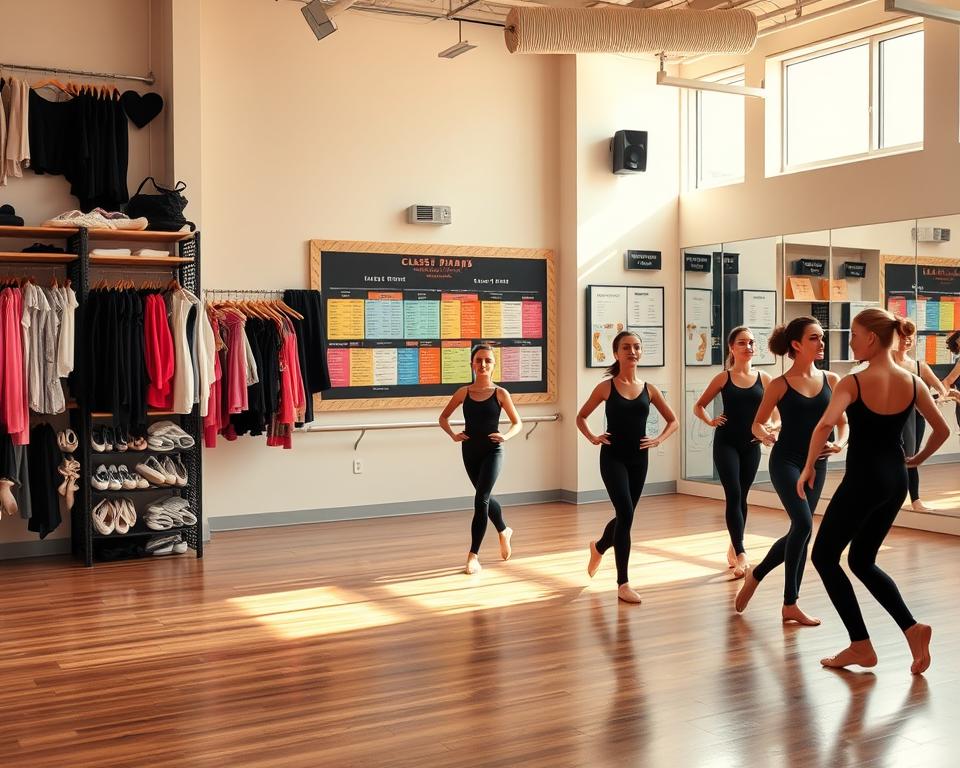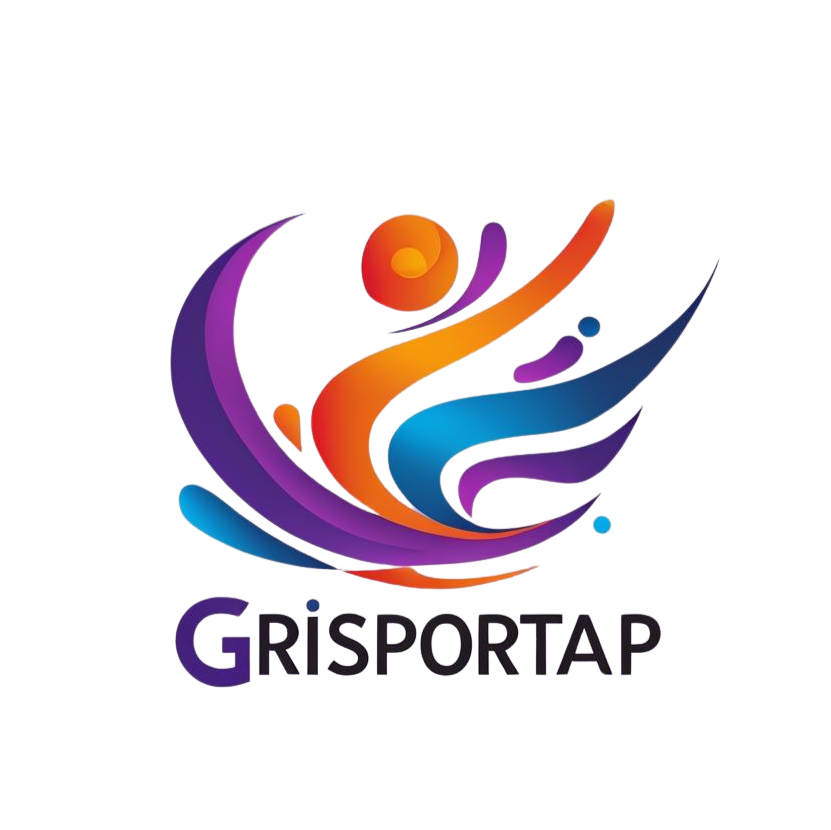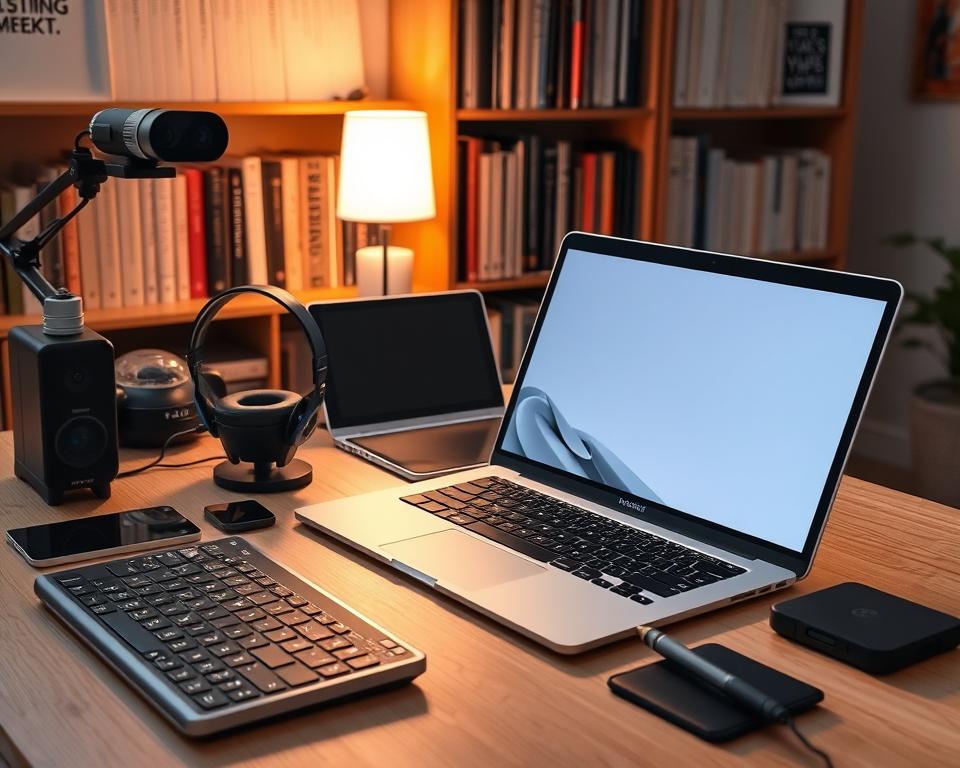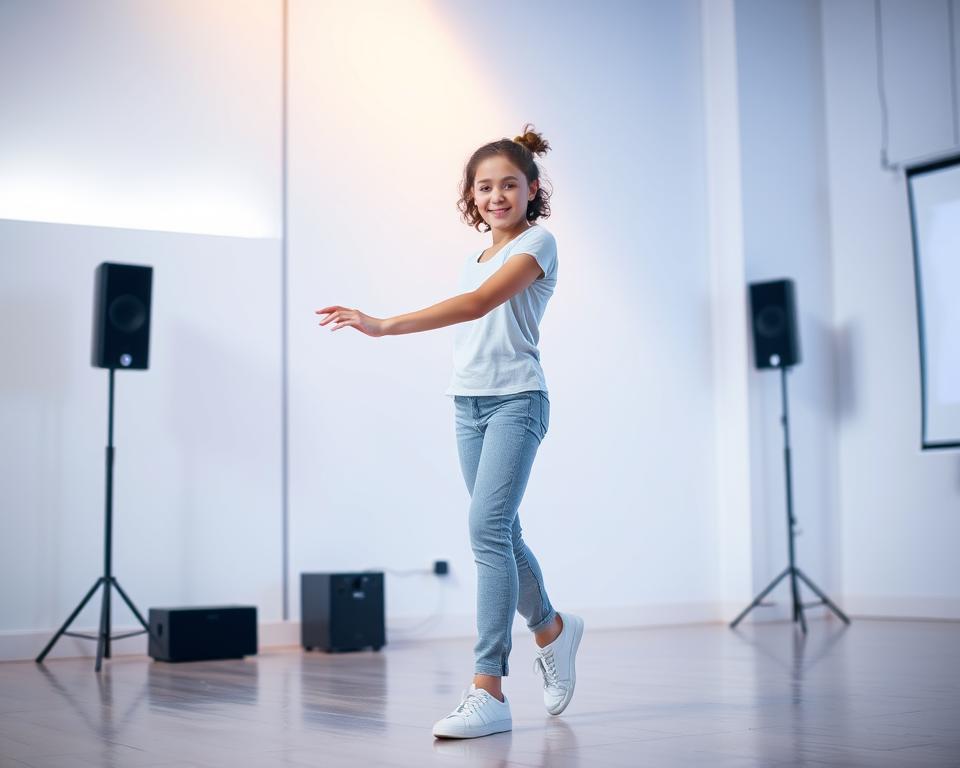Can one clear micro-goal and a tight routine change how you train today? This simple plan shows how to set a focused 30-minute session that helps you start fast without overpromising results.
Use a short, timed workflow with tools you already own: a timer, a playlist, a metronome and a quick camera. This blend of gear and structure helps you warm up, learn, record, and review in a single sitting while protecting energy and focus.
Programs like AOD Momentum and ADTC model this approach. They run targeted 30-minute REVOLVE and ELEVATE sessions, plus Zoom classes and camps grouped by age and skill. Follow these steps as educational guidance, listen to your body, and consider learning with qualified instructors when you need personalized support.
Introduction: Why 30 minutes is enough to start using dance tech
A focused half-hour can be enough to learn one clear skill and keep your practice consistent. Short sessions reduce friction and help you start more often. They fit into busy days and keep goals simple.
Context: Quick, focused blocks work well for modern dancers who juggle work, school, and family. With a clear plan you can warm up, learn a short combo, record a take, and review notes — all in one sitting.
Context: Fast, focused sessions for modern dancers
Modern platforms like Zoom and phone cameras make quality practice possible from home or studio. Programs such as ADTC offer virtual classes and multi-day camps grouped by age and ability, and they email practice videos after class to help you continue.
Relevance: Training, performance, and community from anywhere
AOD Momentum models short-format design with targeted REVOLVE and ELEVATE tracks. These micro-formats teach specific skills, like turns or presence, in tight, repeatable sessions.
- Small blocks let you learn, record, and review one focused skill with intention.
- Timers, playlists, and quick filming create repeatable routines that build confidence.
- Live chats, instructor notes, and peer feedback keep community energy high even remotely.
- This approach supports technique, artistry, and wellness while respecting your schedule.
Understand your goal for this session
Decide on a single, measurable target for this short rehearsal before you hit record. A clear aim keeps you focused and makes review fast.
Pick one outcome: refine a turn entry, clean timing on an 8-count, or test a camera angle. Choose something you can measure today, like three clean reps or consistent arm placement.
Match the goal to your energy and space so the work stays safe and effective. Write the objective down; it will guide your filming, notes, and edits.
- Keep scope tight: one technique focus or one 8-count is ideal.
- Align your aim with class drills—pick a REVOLVE turn element or a combo segment for ADTC feedback.
- Decide on a simple metric: number of clean reps, clarity of arms, or consistency across three takes.
Micro-checkpoint: record two takes and compare alignment side by side to decide what to repeat next.
What you need for a 30-minute setup
A quick gear check saves minutes and keeps your focus on the work. Use a short list to ready your space so the session stays efficient and safe.
Hardware
Place your phone at chest-to-waist height on a tripod. If you don’t have one, brace the device on a stable surface. Use wired or Bluetooth headphones for clearer counts.
Software
Open Zoom or your preferred video app and preload an offline playlist. Keep a metronome app handy and a simple editor for quick trims.
Connectivity & Framing
Do a fast Wi‑Fi test; if the signal is weak, record locally and upload later. Face a window or key light and avoid strong backlight.
Frame full-body for review or portrait for reels. Mark your center on the floor with tape to stay in view.
Audio, Safety & Time-savers
Set music volume so counts and movement are audible. Check the floor is non-slip, clear obstacles, hydrate, and warm up joints before intensity.
Time-saver: preload your playlist, set a 30‑min timer, and keep a notebook visible for quick notes between takes. Explore online class options at online class options for guided practice and follow-up videos.
apply dance technology 30min
Begin by setting a clock and cueing a warm-up track to get immediate focus. This template walks you through each block so you can rehearse safely and review fast.
Minutes 0–5: Warm up and frame
Start your timer, play the warm-up, and mobilize ankles, hips, and spine. Test camera framing and record a 10‑second clip to confirm audio and visibility.
Minutes 5–15: Learn the short combo
Review 4–8 counts from a live or recorded class. Practice at 70–80% to focus on accuracy, then link counts to music and check tempo with a metronome.
Minutes 15–25: Record and refine
Record Take 1 with performance energy. Rewatch in slow‑mo and mark alignment, timing, and spacing with tape or on-screen markers.
Make one targeted fix, then record Take 2 and compare side‑by‑side if possible.
Minutes 25–30: Save, note, plan
Save the best take and label it with the date and focus. Write two insights and one next micro‑goal so your next session starts quickly.
Tip: Keep a folder of takes for ADTC or AOD Momentum feedback and to track progress over time.
Use proven class formats as your guide
Lean on proven class structures to shape your short practice and make each minute count. These formats give a reliable flow you can copy and shrink to fit your schedule.
Example: AOD Momentum’s REVOLVE — turn technique
REVOLVE focuses on turns, balance, and consistency through strength work and across-the-floor drills. Model a block with a quick warm-up, balance exercises, spot practice, and adapted across-the-floor turns that fit your space.
- Use metronome tempos from slow to full speed to track control.
- Record two camera angles to check spotting and core stability.
- Align goals to your age and level; seek instructor feedback for complex progressions.
Example: AOD Momentum’s ELEVATE — performance presence
ELEVATE trains presence with guided movement, improv, and acting. Start with an intention word, practice breath and focus shifts, and add subtle facial choices that suit the music.
- Try 60‑second improv prompts to explore dynamics before a performance take.
- Keep a micro-checklist — preparation, execution, finish, recovery — and rate each 1–5.
- Respect program schedules and no-drop-in rules; use your micro-sessions to prep for enrollment.
Join live virtual communities to stay motivated
Joining live groups can turn practice into a weekly habit and make progress feel social.
ADTC Zoom classes and camps: hip hop, contemporary, jazz
ADTC runs Zoom offerings for girls ages 8–17 in hip hop, contemporary, and jazz. Options include multi-day camps and regular classes that group participants by age and ability.
On‑demand replays and practice videos keep you progressing
Special events, like the Free Zoom Dance Camp on Sat, Apr 26, 2025 (2–5pm EST), provide three combinations taught by three choreographers.
Practice videos are emailed after class so you can replay material and build a personal library between meetings.
Age/ability grouping for better fit and feedback
Small groups make feedback specific and safe. Boot camps often meet nightly for four weeks (7–8:30pm EST) with themes, team challenges, and a Friday Night Show.
- Structure & accountability: Live communities help you stay consistent.
- Low-barrier sampling: Free events and drop-ins (historically $15 via Outschool) let you try a teacher or style.
- Peer feedback: Use community chats to request notes on uploaded takes.
Tip: Treat live classes as optional support. Use one short session to practice what you learn, then share your best take during showings to build confidence.
Design a micro‑session for technique, strength, or choreography
Design a compact routine that balances precision work, conditioning, and performative polish. Pick one of three templates below and keep each step short, safe, and measurable.
- Technique micro‑session: Choose one skill (for example, passé balance into a single pirouette). Drill with slow counts, then practice with music. Finish with two recorded takes and note alignment, spotting, and posture.
- Strength micro‑session: Pick 3–4 exercises tied to your goal—core holds, calf raises, hip stability work. Do each for 30–45 seconds and repeat the circuit twice. Track RPE and stop if form breaks.
- Choreography micro‑session: Learn or refine 4–8 counts. Focus on textures, transitions, and controlled extensions. Record a clean take and then a performance take to test presence and timing.
Borrow cues from Align, REVOLVE, and ELEVATE: add posture checks, breath patterns, and controlled range. Use a simple progression—stable to dynamic, slow to tempo, partial to full range.
Rotate themes across days so you balance skill, power, and artistry. Document what transfers best into longer classes to shape your next plan.
Capture better videos for faster improvement
Good video feedback starts with a clear frame and steady light that reveal what you actually do.
Shot setup: angles, light, and background
Frame full-body with a little room above your head and below your feet. Test both front and 45° angles to reveal technique details.
Use a key light facing you and avoid only overhead light that creates harsh shadows. Clear the background to reduce visual noise and mark your center with tape for consistent spacing.
Audio clarity: music balance and latency tips
Balance audio so counts and musical cues remain audible. If you use Zoom, enable Original sound, reduce noise suppression, and turn off auto-volume when possible.
To cut latency in group calls, keep only one audio source on and clap-sync before multi-user splits. Place the speaker toward the mic but not too close to avoid distortion.
- Record a 10-second test, watch it back, and fix one thing before your full take.
- Name files with date and focus so you can track progress over time.
Remember: ADTC and AOD value clear recordings because they make feedback and presence easier to see.
Feedback loops: from self‑review to instructor notes
Open your review with a single focused viewing, then switch to slow motion to inspect alignment and timing.
Start simple: watch one take at regular speed and mark three things you notice—posture, timing, and pathways.
Then replay the clip in slow‑mo to confirm specifics. Use a short rubric—prep, execution, finish, performance—and score each item 1–5. This gives you a clear next fix instead of vague notes.
Save two files: one labeled “best” and one labeled “learning.” Write a single priority for your next session so you don’t scatter effort.
- Share your best take with instructors and ask a focused question like, “Are my arms late on counts 5–6?”
- Apply only one piece of feedback, record again, then confirm the change.
- Respect file formats and submission windows when sending clips to ADTC or AOD Momentum.
Track recurring themes each week to plan targeted drills and reduce root causes. Celebrate small wins—cleaner timing or steadier balance keeps progress real and motivating.
Note: seek qualified instructor notes when you need them, but remember no single comment is a guarantee — use guidance to shape safe, steady improvement in your dance practice.
Performance skills in short bursts
Spend ten minutes focused on presence work to sharpen how you connect intent with movement.
Start with intention. Pick one word—grounded, joyful, or calm—and shape your posture and gaze to match it. Hold that posture for a breath or two before you move.
Intention, musicality, and presence in 10 minutes
Map the track quickly. Listen for accents and phrases. Decide where to breathe, hold, and release so the phrase feels clear.
Try a 60-second improv with one constraint, such as only levels or only textures. This opens choice while keeping focus.
“Small, honest choices read stronger on camera than forced emotion.”
Practice facial and focus changes on set counts to avoid overplaying. Then record a short “tech take” and a “performance take” to compare how presence reads on screen.
- Enter and exit the frame with purpose.
- Keep drills brief so you stay fresh.
- Use ELEVATE-style prompts to explore honest connection with the track.
Marketing yourself ethically with short‑form content
Think of your social reels as a mini-portfolio that values process and permission. When you post, lead with honesty and credit in every caption. This builds trust and makes your clips useful to peers and teachers.
Clips for reels: process, practice, and polished takes
Structure a three-clip arc: a short drill, a clean practice take, and a styled performance. Keep each clip under 30–45 seconds so viewers stay engaged and instructors can review quickly.
Credit choreographers, music, and programs
Always name creators. Tag choreographers, instructors, and programs like ADTC or AOD Momentum when relevant. State the track and respect platform rules for copyrighted music.
- Write clear captions that explain what you learned, not just the result.
- Follow studio sharing guidelines before posting class material.
- Use consistent lighting and framing so your style is recognizable.
Priority: put integrity before virality. Transparent credits and permission requests protect your reputation and help the whole community grow.
Real programs to model today
Look to current programs for concrete schedules and formats you can mirror in your practice. These examples show how short and long blocks can fit into a weekly routine without promising results.
AOD Momentum: schedules, age groups, focused tracks, pricing
AOD Momentum runs sessions on Mondays and Wednesdays for ages 7–12 and 13–18.
Tracks include Fast Track (1.5 hrs), Align (1.5 hrs), REVOLVE (30 min), and ELEVATE (30 min). Pricing is listed as Mondays $300, Wednesdays $300, or both for $480. Note: there are no drop-ins and no class switches.
ADTC Virtual: free events, multi‑day boot camps, drop‑ins
ADTC offers Zoom classes and camps for girls 8–17. A free Zoom Dance Camp (Sat, Apr 26, 2025, 2–5pm EST) features three choreographers and follow-up practice videos.
Boot camps run weekly (7–8:30pm EST) with themes and shows. Historically, drop-ins appeared on Outschool (~$15/class).
Instructor quality and community‑first culture

Instructors include working professionals like Ashley Peter and Jayme Wappel. Community-first policies, age/ability grouping, and recorded practice videos help you track progress and stay safe.
- Tip: Use REVOLVE and ELEVATE as templates for short technique and presence bursts.
- Check current schedules, age placement, pricing, and enrollment rules before you sign up.
- Let instructor rosters guide your expectations, and match your micro-session plan to program rhythms for steady momentum.
“Verify schedules and policies directly with programs; offerings change and details matter.”
Measure progress and stay safe
Set simple, trackable markers so you know when a short session helped your body and memory. Use clear, repeatable metrics that you can check fast after practice.
Simple metrics: consistency, retention, and stamina
Keep measurement practical. Choose one or two things to log each week so the data stays useful.
- Consistency: count how many 30-minute blocks you finish each week.
- Retention: note how many counts of choreography you recall the next day without cues.
- Stamina: mark how many full-out runs you can do with steady quality and breath control.
- Strength: log goal-based indicators like controlled relevés, stable balances, or 30s core holds.
Responsible training and when to seek qualified guidance
Progress gradually by adding small increments to difficulty or duration. Big jumps increase risk.
- If pain occurs, stop, rest, and consult a qualified professional.
- Seek instructor feedback for complex skills—turns, jumps, or floorwork carry higher risk.
- Keep your space safe: hydrate, warm up, cool down, and clear obstacles before practice.
Remember: AOD Align favors long-term strength, control, and flexibility. Use community guidance like ADTC when you need coaching and avoid guarantees—steadier habits win over quick fixes.
Conclusion
End by saving your best clip and setting a single target for the next min.
Keep it simple: use one clear goal, a steady routine from warm‑up to save‑and‑note, and basic tools you trust.
Learn from proven formats like REVOLVE and ELEVATE and join supportive communities such as ADTC to stay motivated.
Refine your filming and audio so improvements show clearly with the music. Train responsibly, pace effort, and seek qualified instruction when a skill needs expert guidance.
Small, steady steps win. One short session, one focused change, and one honest review add up to real progress over time.



